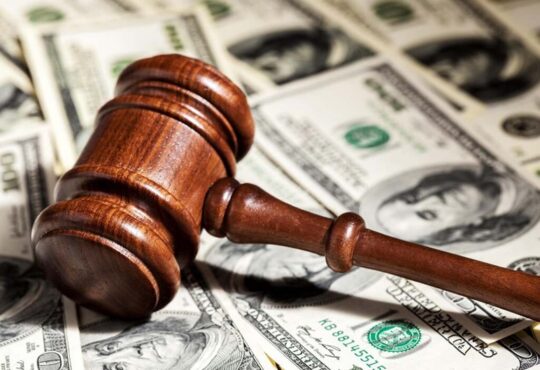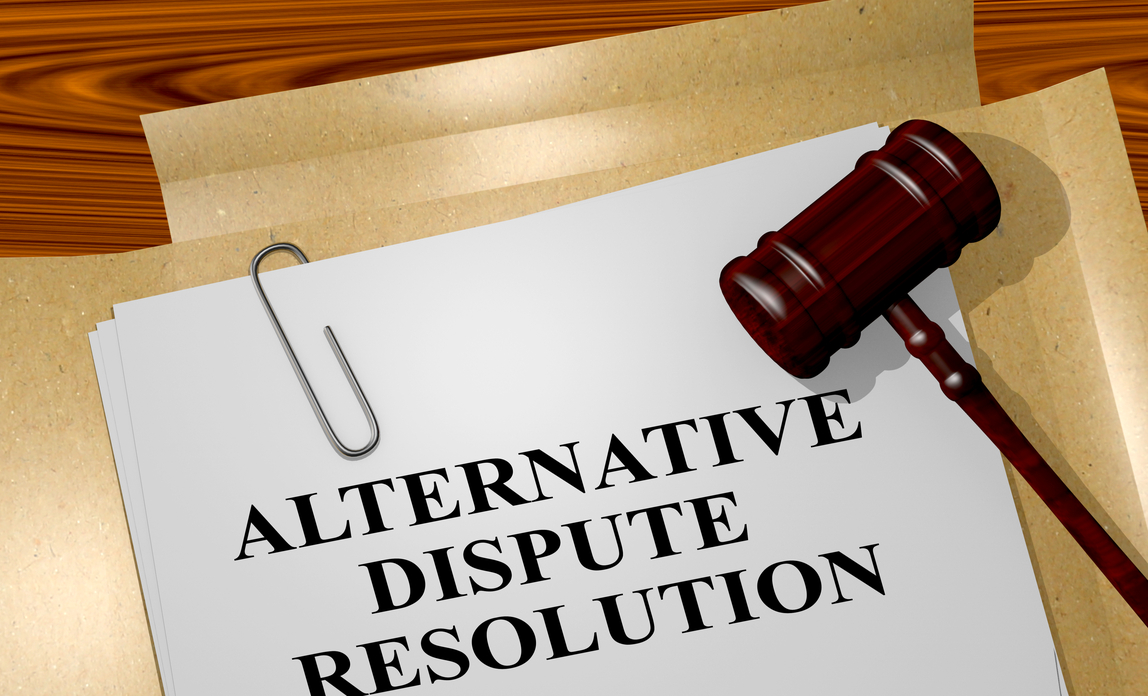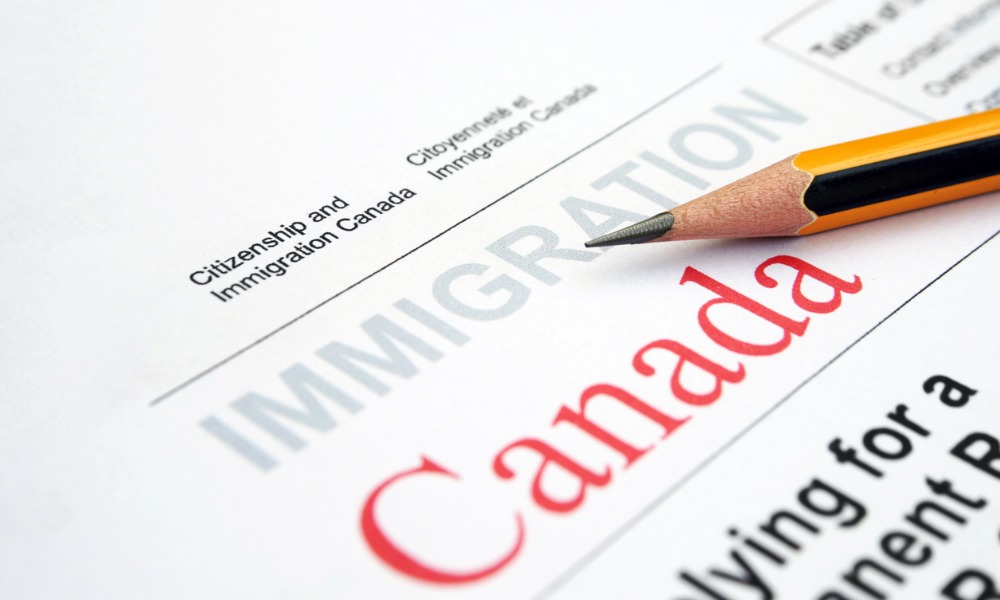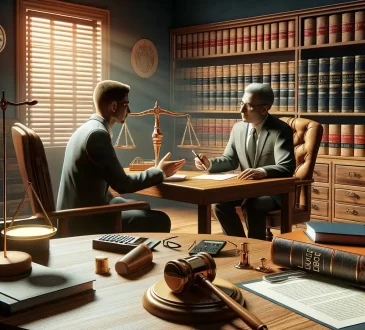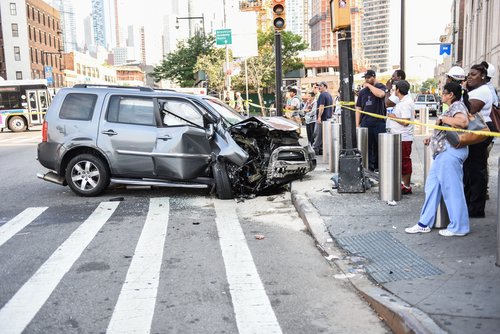
If you’ve ever come across the storm-in-progress defense, it would have been connected to the properties. But there are situations where this defense can be used to escape liability in car accident cases, and this defense would likely be used by the state. But how does this defense actually work in car accident cases? In this post, the team at Alex Yadgarov & Associates steps into the shoes of an experienced Bronx car accident lawyer to explain the basics of the storm in progress defense and how it may affect your compensation claim.
What is the storm-in-progress defense?
Property owners have a general duty of care to look after the safety and well-being of anyone who legally enters their property, warning them about potential hazards and keeping the property in a clean and orderly manner.
But, if a visitor, while inside your property, has suffered an injury during a storm, the property owner can reduce or even negate their liability in the incident by pointing out that they should not be held liable. The owner should not be held liable on the grounds that the cause of the injuries was the storm, which is not connected to the property, and that they did not have reasonable time to prepare.
How can the defense apply in car accident cases?
The storm-in-progress defense can apply in car accident cases when the cause of the accident and the injuries are connected to the conditions of the road. Similar to how property owners have a duty to maintain a safe environment on their property, the state also has a duty of care to ensure that the roads under its jurisdiction are roadworthy and free from any obstructions.
For example, if an accident was the result of a slippery road, the injured party can file an action against the state contending that they are in breach of their duty of care when it comes to road maintenance. When such an action is brought against the state, they can argue that they should not be held liable for the accident since the storm was the cause of the accident and that they did not have reasonable time to deal with any hazards left that developed during and after the storm.
When we talk about “storms,” it does not have to be heavy rain or snowfall; even a light drizzle can trigger this defense. Also keep in mind that the protection of the storm in progress defense can extend to a reasonable time after the weather ends. What constitutes ‘reasonable time’ will be judged on a case-by-case basis.
How can you challenge the storm-in-progress defense?
The storm is in progress defense is not an absolute protection, and it can be disproved by showing that—
- The hazardous road condition that caused the accident was present long before the storm occurred. (e.g., potholes, old black ice)
- The state had not taken steps to get rid of the hazard, despite having enough time to do so.
- The accident’s contributing factor was unrelated to the weather (e.g., malfunctioning traffic lights, obscured traffic signs, etc.).
Conclusion
As your Queens car accident lawyer, if you’re looking to bring action against the state, especially for an accident that occurred in bad weather, you will most likely hear them argue that they should not be held responsible due to the storm in progress. Rest assured, by gathering evidence and presenting a compelling case, we will be able to disprove this notion and work towards securing the compensation you deserve. Over the years, the team at Alex Yadgarov & Associates has worked tirelessly, representing many New Yorkers in their fight for compensation, and we are ready to help you as well. Call us now and schedule your free consultation.

